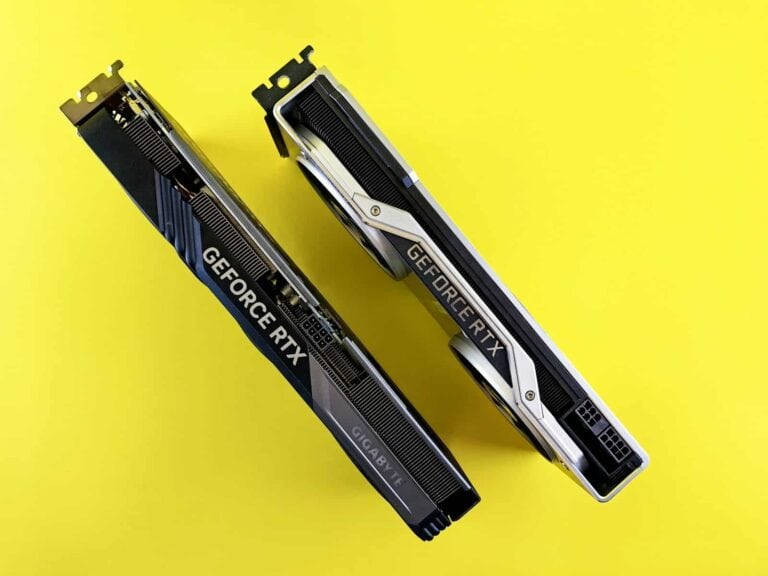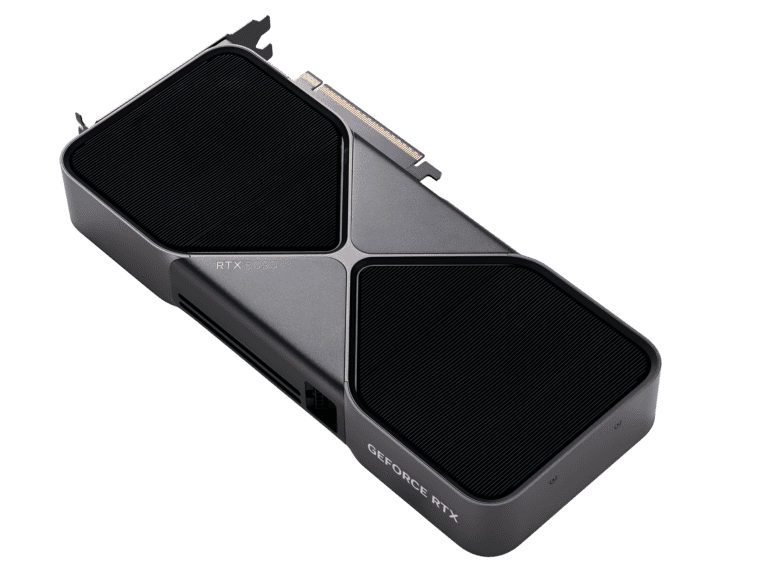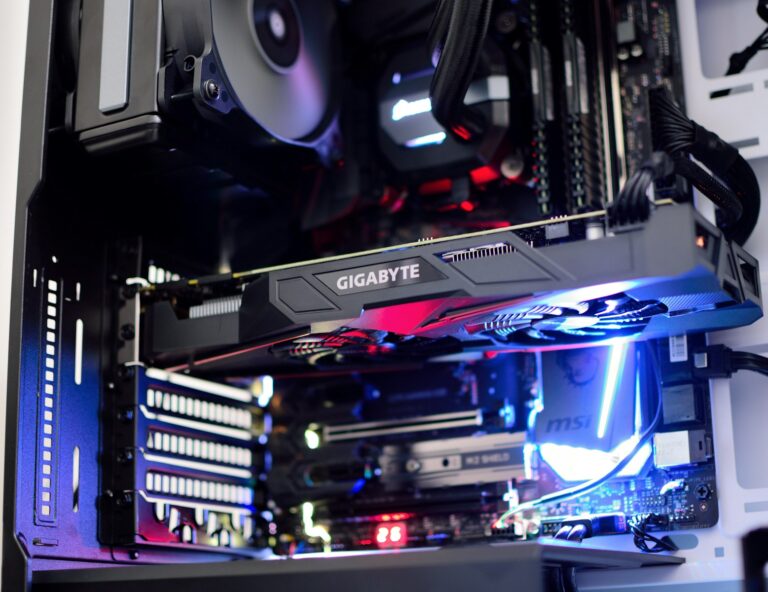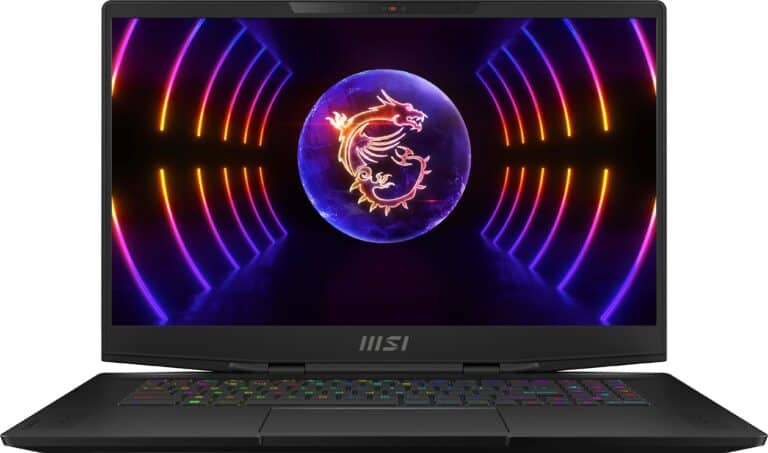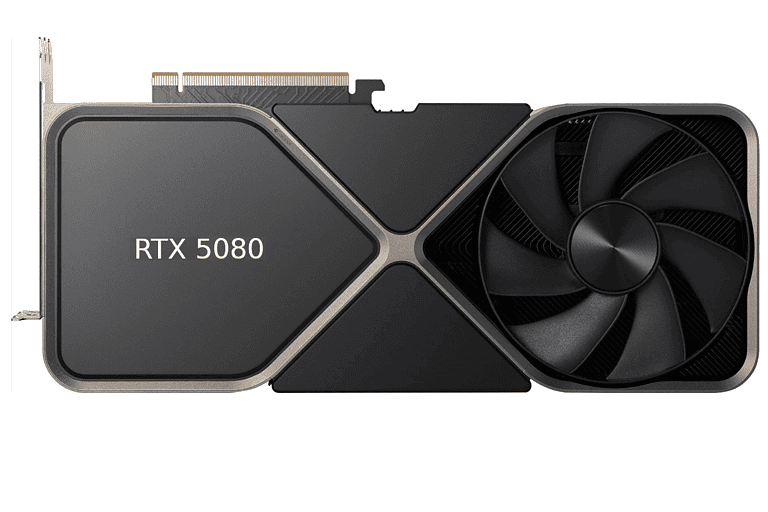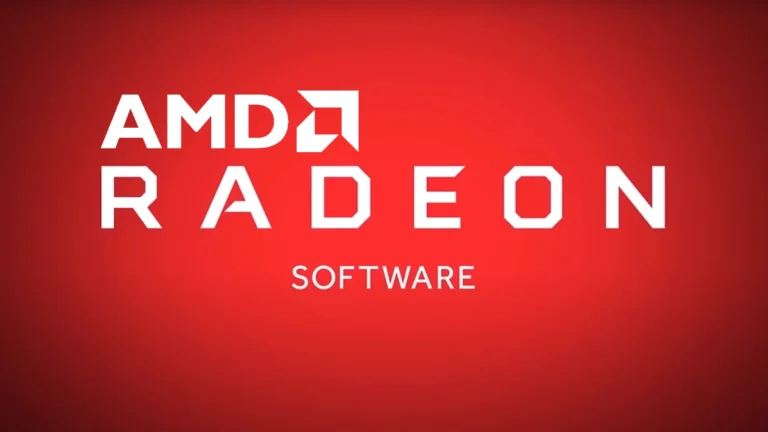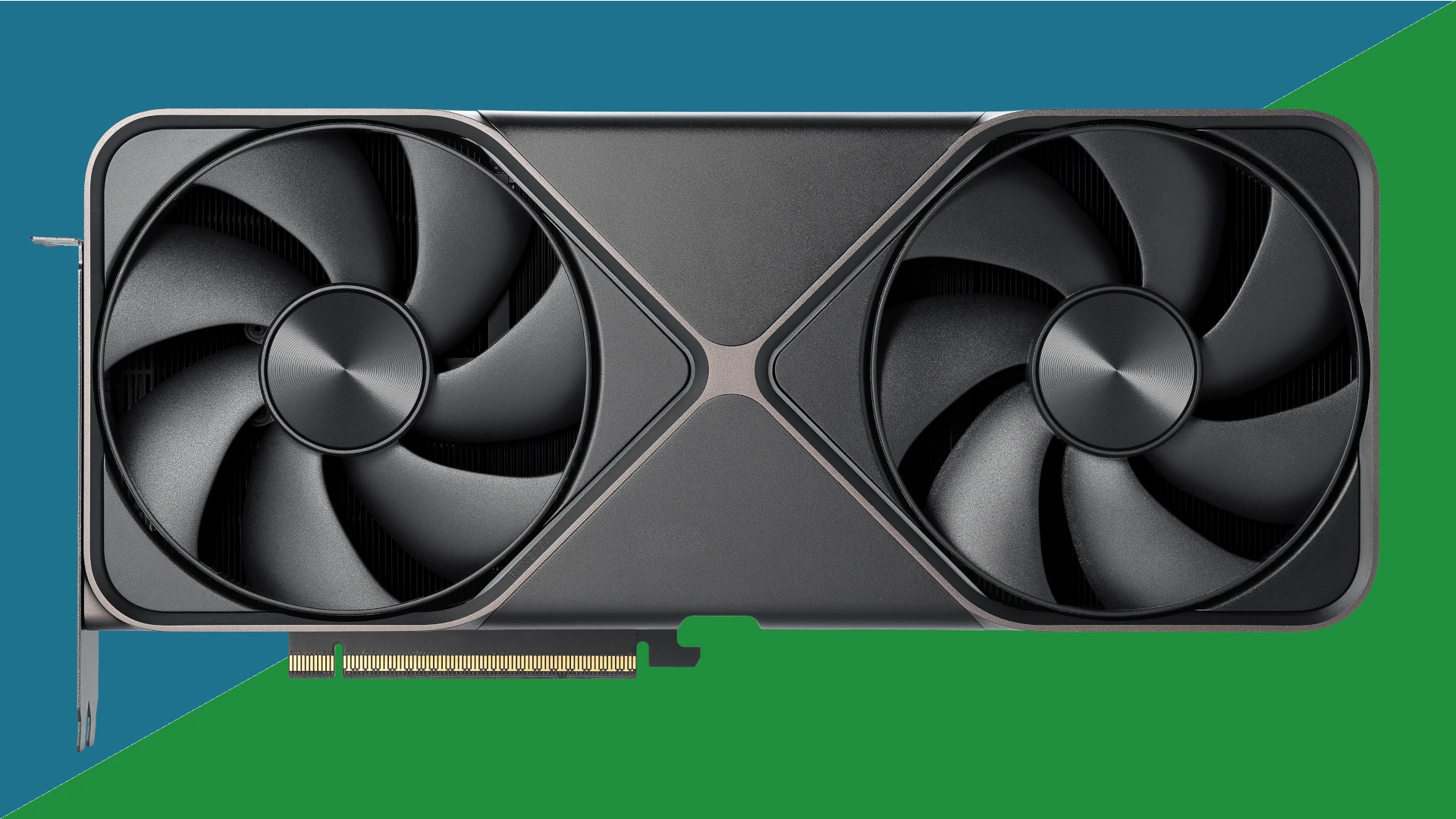
NVIDIA’s RTX 50 series, headlined by the powerful RTX 5090, ushers in a new era of graphical performance—but not without leaving some legacy features behind. In a bold move, NVIDIA has officially dropped support for 32-bit PhysX acceleration across all RTX 50-series cards, significantly impacting older games that once relied on GPU-accelerated physics. This shift means that classic titles now fall back on CPU-based physics processing, leading to noticeable performance drops in certain games.
Why This Matters: The Games Affected
Roughly 40 popular titles that utilize NVIDIA’s PhysX engine for enhanced in-game physics—such as cloth simulation, dynamic debris, fluid dynamics, and particle effects—are directly affected. Fan-favorite games like Borderlands 2, Batman: Arkham Asylum, Mirror’s Edge, and Metro 2033 heavily integrated GPU-based PhysX to deliver richer and more immersive environments. Now, on the RTX 5090, these features either perform poorly or require substantial tweaking to run smoothly.
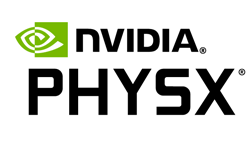
Early benchmarks reveal that in some instances, older GPUs like the RTX 3080 Ti outperform the new RTX 5090 in PhysX-heavy scenes, all because they maintain native support for 32-bit PhysX libraries. Gamers report frame rate dips and stuttering in specific sections of legacy titles, particularly during action-heavy sequences where complex physics calculations take center stage.
The Technical Shift: Why NVIDIA Made This Call
This isn’t just about phasing out PhysX—it’s about the broader push towards modern computing standards. NVIDIA’s decision to end 32-bit CUDA application support means the entire architecture of the RTX 50 series is optimized exclusively for 64-bit processes. This aligns with industry trends, as most modern games and applications are now fully 64-bit optimized, offering better performance, security, and scalability.
However, this evolution comes at the cost of backward compatibility. Legacy PhysX, introduced over a decade ago, was built around 32-bit frameworks that no longer align with modern development practices. NVIDIA has also largely shifted its focus to newer technologies like DLSS 3.5 and RTX Remix, investing heavily in AI-enhanced graphics and real-time ray tracing—technologies that define the future of gaming but leave older frameworks behind.
Workarounds: Can You Still Play PhysX-Heavy Games?
For those unwilling to part with their favorite classic games, there are workarounds—though they come with extra steps and potential costs. Some enthusiasts have experimented with dual-GPU setups, adding an older NVIDIA card (like the RTX 3050) dedicated solely to handling PhysX, while the RTX 5090 tackles the heavy lifting for graphics rendering. In controlled tests, this configuration restored smooth PhysX effects in affected games without sacrificing overall performance.
However, this solution isn’t ideal for everyone. It requires extra hardware, an appropriate motherboard, and additional power considerations—factors that may deter casual gamers. Others have explored modding communities, where patches and third-party tools aim to rework older games to be less reliant on GPU-accelerated PhysX, though success varies by title.
What This Means for Your Next GPU Purchase
If your gaming library leans heavily on classic titles that utilize PhysX, the RTX 50 series might not be the immediate upgrade for you. Gamers deeply invested in retro PC gaming or those who regularly play legacy PhysX-heavy games may want to consider high-end models from the RTX 30 or 40 series, which still support 32-bit PhysX acceleration.
However, for most gamers focused on modern titles that leverage ray tracing, AI-driven upscaling, and path tracing, the RTX 5090 remains a top-tier choice, pushing boundaries in 4K gaming, VR performance, and high-refresh esports titles.
The Bigger Picture: Is PhysX Obsolete?
It’s worth noting that PhysX’s relevance in modern gaming has significantly declined. Most developers now favor universal physics engines like Havok or integrate custom physics systems tailored to their games. Even NVIDIA, once a major proponent of PhysX, has quietly stepped back from actively promoting it, instead focusing on AI-driven features and real-time rendering innovations.
While PhysX played a pivotal role in the evolution of PC gaming physics—offering groundbreaking effects in its prime—it’s now largely a relic of a previous gaming era. NVIDIA’s move to sunset 32-bit PhysX support signals an industry-wide pivot toward more efficient, scalable technologies that better align with today’s hardware capabilities.
Bottom Line: If you’re a fan of modern gaming’s bleeding-edge features, the RTX 5090 offers unmatched performance. But if your heart still belongs to older PhysX-powered classics, you may want to reconsider—or get creative with dual-GPU setups. Either way, the future is here, and it’s leaving legacy PhysX behind.
Key Takeaways
- RTX 50 series GPUs eliminate support for 32-bit PhysX acceleration
- Around 40 games are affected by this change, requiring CPU-based physics processing
- Performance in older PhysX titles may be lower on RTX 5090 compared to previous generations
Overview of GeForce RTX 5090 Specifications
The GeForce RTX 5090 marks a substantial leap in graphics processing power with its Blackwell architecture and 32GB GDDR7 memory configuration, while bringing significant changes to legacy technology support.
Comparative Performance Analysis with RTX 40 Series
The RTX 5090 packs 92 billion transistors, delivering 3,352 trillion AI operations per second (TOPS). This represents a 2x performance increase over the RTX 4090.
The card features a 512-bit memory interface width paired with 32GB of next-generation GDDR7 memory, significantly outpacing its predecessor’s specifications.
Key improvements include the implementation of DLSS 4 Super Resolution technology, enhancing frame rates and visual quality beyond what was possible with the 40 Series cards.
Relevance of CUDA and PhysX in Modern Gaming
The RTX 5090’s updated architecture brings notable changes to physics simulation capabilities. The removal of 32-bit PhysX support affects compatibility with older titles.
CUDA cores receive substantial upgrades, though legacy 32-bit CUDA applications face similar compatibility challenges. This shift pushes developers toward 64-bit implementations.
The GB202 graphics processor supports DirectX 12 Ultimate, ensuring compatibility with modern games despite the deprecated 32-bit support.
Developers must now adapt their physics implementations to utilize newer PhysX versions or alternative physics engines to maintain compatibility with the RTX 5090.
Impact of Dropping 32-bit PhysX Support on Gamers
The removal of 32-bit PhysX support in RTX 50 series cards creates significant challenges for players of classic games and impacts game physics performance. Around 40 titles are affected by this change.
Backward Compatibility Concerns with Classic Games
Popular titles like Mirror’s Edge, Mafia II, and specific Assassin’s Creed releases now face compatibility issues on RTX 50 series cards. These games relied on GPU-accelerated PhysX for realistic cloth physics and dynamic debris effects.
Players must now use CPU-based PhysX processing instead of GPU acceleration. This shift affects visual quality and gameplay elements in these older titles.
The change primarily impacts games released during the peak of PhysX integration (2008-2014). Many of these games have not received updates to support 64-bit PhysX implementations.
Managing Game Performance and Physics Simulations
GPU-accelerated physics processing provided smoother frame rates and more detailed physics simulations in supported games. The switch to CPU-based physics can lead to reduced performance in intense scenes.
Effects like fluid dynamics, destructible environments, and particle systems now place additional load on the CPU. This may cause frame rate drops during physics-heavy gameplay moments.
Players with RTX 50 cards need stronger CPUs to maintain similar physics simulation quality. Some games might require graphics settings adjustments to balance performance.
Community Responses from Resetera
ResetEra forum members compiled comprehensive lists of affected games to help RTX 50 owners identify potential issues. Players share workarounds and performance optimization tips.
Discussion threads highlight concerns about game preservation and long-term compatibility. Some users express frustration about the lack of advance notice regarding the removal of 32-bit PhysX support.
Gaming communities actively test and document which titles show noticeable performance differences. This helps other players make informed decisions about upgrading to RTX 50 series cards.
Upgrading from 32-bit to 64-bit Gaming Environments
The shift from 32-bit to 64-bit gaming brings significant changes in memory handling, processing capabilities, and software compatibility. These changes affect both system performance and game functionality.
Advantages of 64-bit Architectures for Developers and Gamers
64-bit systems can access more than 4GB of RAM, enabling games to load larger textures and handle more complex game worlds. Modern games demand this increased memory capacity for high-resolution assets and detailed environments.
Key Benefits:
- Support for larger game worlds and higher-quality textures
- Faster data processing for physics calculations
- Better multitasking while gaming
- Improved memory management for resource-heavy games
Games optimized for 64-bit systems show measurable performance gains in CPU-intensive tasks like AI processing and physics simulations. The wider data paths allow for more efficient handling of complex calculations.
Technical Challenges and Solutions for the Transition
Moving from 32-bit to 64-bit gaming requires specific hardware and software changes. Users must verify their processor supports 64-bit instructions and install a compatible operating system.
Required Steps:
- Check CPU compatibility with 64-bit instructions
- Back up important game saves and settings
- Install 64-bit Windows version
- Update graphics drivers
- Reinstall games with 64-bit versions
Some older games may face compatibility issues on 64-bit systems. Windows compatibility mode can help run legacy 32-bit games, though hardware-accelerated features like PhysX might not function properly.
Modern GPUs focus on 64-bit optimization, with newer cards like the RTX 5090 dropping support for 32-bit features to improve 64-bit performance.
Frequently Asked Questions
The discontinuation of 32-bit PhysX support in the RTX 5090 creates significant compatibility issues for users of older games and applications that rely on this technology.
What are the implications of the lack of 32-bit PhysX support for RTX 5090 users?
Users cannot run older games and applications that specifically require 32-bit PhysX acceleration. This affects titles released before 2018 that haven’t received 64-bit updates.
The performance impact extends to professional applications in engineering and scientific visualization that depend on 32-bit PhysX calculations.
How can RTX 5090 owners address the removal of 32-bit PhysX support in their systems?
Users can keep an older GPU installed as a dedicated PhysX processor for 32-bit applications.
Running affected games in software PhysX mode remains possible, though with reduced performance.
Is there an update or workaround for RTX 5090 graphics cards to maintain compatibility with 32-bit PhysX applications?
No official driver updates exist to restore 32-bit PhysX compatibility on the RTX 5090.
The architecture changes in the RTX 5090 make it technically impossible to add 32-bit PhysX support through software updates.
Has Nvidia provided any official statement or explanation about the discontinuation of 32-bit PhysX support for the RTX 5090?
Nvidia has acknowledged they are investigating reported issues with the RTX 50-series cards, including PhysX-related problems.
The company has not released a specific statement about the removal of 32-bit PhysX support.
What alternatives exist for gamers and developers who rely on 32-bit PhysX support with the RTX 5090 graphics card?
Users can switch to the 64-bit versions of affected applications where available.
Running a secondary GPU for PhysX processing offers a viable solution for systems with multiple PCIe slots.
Professional users can maintain a separate workstation with older hardware for 32-bit PhysX applications.
Will the discontinuation of 32-bit PhysX support affect the performance of RTX 5090 in current and future games?
Modern games using 64-bit PhysX implementations run at full performance on the RTX 5090.
New titles released after 2024 exclusively use 64-bit PhysX or alternative physics engines, eliminating compatibility concerns.

